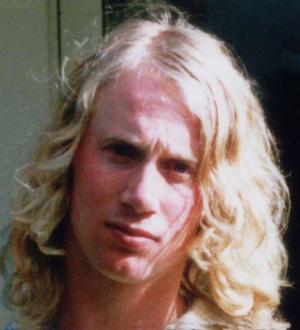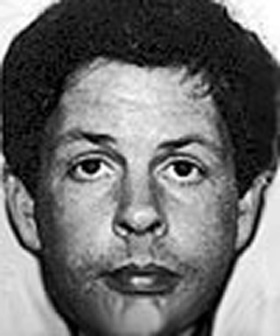The FBI has created a list of different characteristics to identify serial killers. In order to be classified a serial killer, murderers must have 15 out of 21 of the characteristics; they must be methodical with their killings, killing three or more people over a period of time, spanning at least 30 days. It’s fascinating to peek into the minds of serial killers, who are the most abhorrent examples of human kind.
Charles Starkweather and Elmer Wayne Henley represent opposing sides of the serial killer spectrum.
Charles grew up being bullied and teased because of a birth defect (bowed legs) and speech impediment. Abuse and alienation are typical precursors to the violent acts of these men and women, however, they are not always present. Conversely, not all abused or alienated children become killers. Charles also had a need to control others and be powerful. According to a high school friend, Bob Von Busch “He could be mean as hell, cruel. If he saw some poor guy on the street who was bigger than he was, better looking, or better dressed, he’d try to take the poor bastard down to his size.”
84% of American serial killers are caucasian, 90% are male and 86% are heterosexual.
When Charles was 18 years old, he began dating 14 year old Caril Ann Fugate He quit school and took a job near Caril. He was poor worker, considered slow and unintelligent. The pair proved to be a deadly combination. Starkweather went to visit Caril and while she was out, he argued with and shot her mother and stepfather. Once Caril arrived home, Starkweather strangled, and stabbed her two-year-old sister. He hid the bodies behind the house. The two stayed in the house for six more days, turning people away with a note taped to the door that read: “Stay a Way Every Body is sick with the Flue.”
Caril Ann’s grandmother called the police and the two murderers became fugitives, embarking on a killing spree across Nebraska and into Wyoming. They were eventually apprehended, but left ten bodies in their wake. It is likely that Charles would have killed no matter what provocation, however, fueled by an ill fated romance, he became a notorious spree killer, classified as a serial killer because of a robbery and murder which occurred weeks earlier.
The pair’s story has inspired authors, including Stephen King who incorporated many variations on Starkweather in his work. The character The Kid, who appears in the complete and uncut edition of The Stand, is meant to be a reincarnated Charles Starkweather. Starkweather also inspired the films The Sadist, Badlands, Starkweather, Murder in the Heartland , The Frighteners and Natural Born Killers.
84% of American killers are Caucasian and 89% of their victims are white. 16% of serial killers are black.
Unlike Charles, Dean Corll was methodical and meticulous. He was killed by an accomplice, Elmer Wayne Henley, aged 17. Henley confessed to the rape and murder of twenty seven young boys and admits he recruited the victims for Corll. Henley explained that he and another boy, David Brooks, procured boys for Corll to rape and murder for a finder’s fee of $200.
Serial killers tend to be intelligent with IQ’s in the “bright normal” range, however, they often do poorly in school, are unable to hold down jobs and often work as unskilled laborers.
Corll did not present many of the characteristics identified by the FBI. He had an unremarkable childhood, marred only by the divorce of his parents. He did well in school and was described as well behaved and polite. Corll was drafted into the military and discharged a year later so he could return home to help his mother. She owned a candy business, which gave Corll access to children (he handed out samples and was known as the Candy Man.)
Many serial killers engage in sadistic activity at a young age, torturing animals or abusing younger children. 24% kill their first victim while in their thirties, 44% start in their twenties and 26% start in their teens.
Corll’s death left many questions unanswered. Many families will never know for certain if their son was a victim to Corll or some other predator prowling the streets. In all likelihood, Henley and Brooks would have branched out on their own given the chance. Thankfully, both were found guilty of murder for their participation in the crimes and are serving 99 years in prison. Brooks was sentenced to 99 years – opposed to the six consecutive 99-year terms Henley received. Henley became eligible for parole in 1983.
More Statistics
The USA has 76% of the world’s serial killers. California leads the US with the most Serial Homicide cases, followed by Texas, New York, Illinois and Florida. Maine has the lowest occurences (none) while Hawaii, Montana, North Dakota, Delaware and Vermont have each had only one case of serial murder.
Europe in second, has 17%. Of these, 28% are from England, 27% from Germany and 13% from France.
65% of victims are female.





 Posted by FictionHood
Posted by FictionHood 






